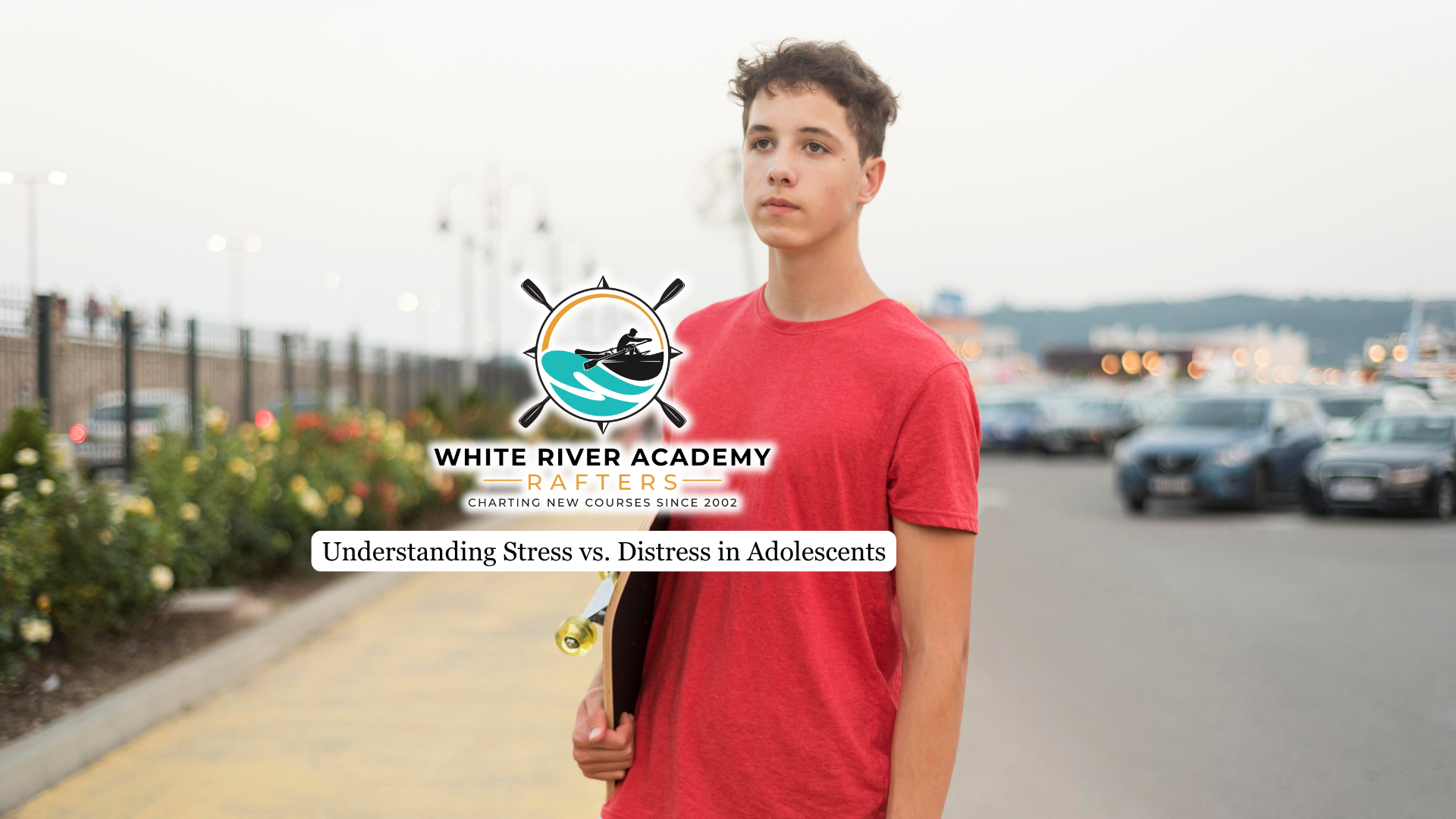Sex addiction, or compulsive sexual behavior, is marked by an uncontrollable urge for sexual thoughts, urges, and actions. Boys are particularly susceptible to developing sexual addiction during adolescence. As a result, many parents are wondering if their son’s struggle with compulsive sexual behavior stems from inherited factors.
This article delves deeper to what sex addiction is, how genetics play a role, and the specific trigger factors that contribute to young boys experiencing this challenging condition.
What is Sex Addiction?
Sex addiction, known clinically as Compulsive Sexual Behavior Disorder (CSBD), is recognized as an impulse-control disorder. CSBD is characterized by a persistent pattern of failure to control intense, repetitive sexual impulses or urges, resulting in repetitive sexual behavior over an extended period (six months or more).
This condition typically leads to marked distress or significant impairment in personal relationships, and other important areas of life. Unlike substance addictions, CSBD is classified as an impulse-control disorder rather than an addiction, though it shares similar characteristics of compulsive behavior patterns.
For adolescent boys, CSBD involves excessive sexual thoughts, urges, desires, or behaviors that cannot be controlled and significantly interfere with daily functioning. The condition typically includes intense preoccupation with sexual fantasies and behaviors that cause significant levels of mental distress, cannot be voluntarily curtailed, and risk or cause harm to oneself or others. Seeking expert sex addiction treatment provides the necessary support for your son to regain control and find healing.
The Role of Genetics in Sex Addiction
Genetics plays a significant role in addiction, accounting for 40-60% of an individual’s vulnerability. While there’s no single “sex addiction gene,” a family history of addiction increases susceptibility.
Genetic variations can influence the brain’s reward system and dopamine receptors, affecting how pleasure is processed and increasing the likelihood of compulsive behaviors. On top of that, hormone levels and genetic predispositions can also reduce a person’s ability to control urges. The interaction of these factors influences brain function, thus increasing the risk of addiction.
Why Boys Are More Vulnerable to Developing Sexual Addiction During Adolescence
It’s crucial for family members to understand why teenage boys are particularly vulnerable to addiction to provide better support and guidance during this critical developmental stage.

Biological and Hormonal Factors
The drastic pubertal surge in testosterone directly correlates with increased sexual activity and risk-taking. This hormonal influx profoundly impacts brain function, particularly reward-processing regions, creating a peak in dopamine system activity. This heightened dopamine response, combined with males’ naturally higher D1 dopamine receptors and lower D2 receptor availability, drives an intense craving for rewarding sexual stimulation, setting a volatile stage for compulsive behaviors.
Neurological Development Patterns
The prefrontal cortex, responsible for impulse control, matures only in the mid-20s. This developmental gap means adolescent boys experience intense, dopamine-fueled reward-seeking urges without fully developed “neurological brakes.” They often rely on the more emotional amygdala, leading to impulsive decisions. This “imbalanced” brain state, where reward systems mature before regulatory ones, biologically drives boys to seek novel sexual experiences before they can fully regulate these impulses.
Exposure and Environmental Factors
Adolescent boys are significantly more exposed to internet pornography than girls. This early, frequent access is problematic during critical brain development, creating a high-risk scenario that can lead to distorted views of sexuality and risky behaviors. The constant hyperactivation of reward pathways by pornography fosters tolerance and escalation. High sensation-seeking tendencies and advanced pubertal development in boys also correlate with increased internet pornography use, fueling a cycle of seeking increasingly stimulating content.
Social and Cultural Factors
Boys navigate unique social pressures. Cultural expectations often promote sexual conquest but instill shame around sexual problems, fostering secrecy and isolation—hallmarks of addictive behavior. This profound shame often prevents boys from seeking help, allowing compulsive behaviors to become deeply entrenched.
Recognizing CSBD in Adolescent Boys: Key Symptoms to Watch For
To effectively support teenage boys, it’s vital for family members to recognize the following key symptoms of CSBD.
- Obsessive Sexual Thoughts and Fantasies: Frequent, intense sexual thoughts that are intrusive and difficult to control, often distracting from school, family, or other activities.
- Excessive Pornography Use and Masturbation: Spending an inordinate amount of time viewing pornography or engaging in masturbation, often in secret, to the exclusion of other activities.
- Neglecting Responsibilities: A noticeable decline in academic performance, disengagement from hobbies, sports, or social activities that were once important.
- Secrecy and Lying: Hiding digital device use, deleting browser history, or being deceptive about their whereabouts or activities to conceal sexual behaviors.
- Inability to Control Behavior: Despite attempts to reduce or stop certain sexual behaviors, the boy feels unable to do so, leading to feelings of frustration or hopelessness.
- Escalation: Needing increasingly extreme or risky sexual content or activities to achieve the same level of gratification.
- Negative Emotions Post-Behavior: Experiencing intense feelings of shame, guilt, remorse, anxiety, or depression after engaging in sexual behaviors, despite a temporary “release” during the act.
- Risky or Inappropriate Sexual Behaviors: Engaging in sexual behaviors that are unsafe, age-inappropriate, or violate personal boundaries or legal norms.
- Withdrawal Symptoms: Becoming irritable, anxious, or restless if unable to engage in desired sexual activities.
- Social Isolation: Withdrawing from friends and family, preferring solitary activities that allow for compulsive sexual behaviors.
If you observe a combination of these symptoms in your son, it’s a strong indicator that professional support may be needed.
Final Thoughts from White River Academy
Understanding sex addiction in boys is the first step toward effective intervention. It’s a complex health issue, not a moral failing, driven by a combination of genetics, biology, environment, and societal pressures, and requires specialized treatment.
At White River Academy, we offer a holistic, individualized approach for adolescent boys struggling with compulsive sexual behavior. Our expert team provides a supportive environment where boys learn healthy coping mechanisms, process trauma, and build a foundation for authentic connection. We combine evidence-based therapies like Cognitive Behavioral Therapy (CBT) and Dialectical Behavior Therapy (DBT) with holistic modalities, addressing addiction and its underlying factors.




